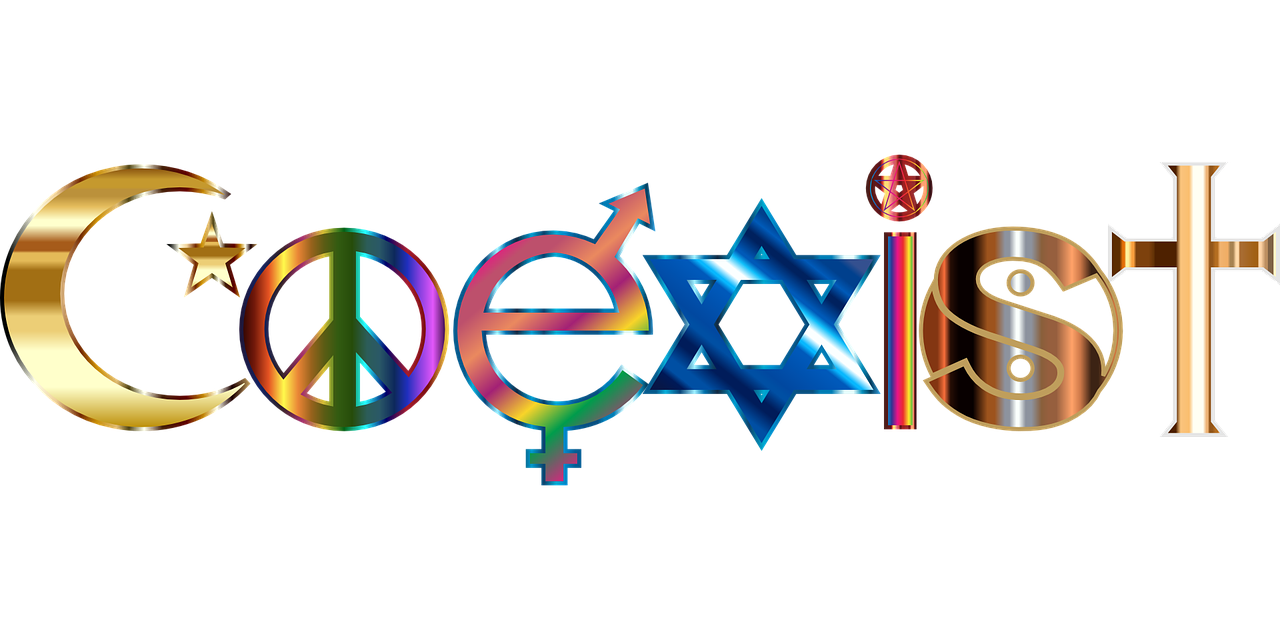Unlike many of the other belief systems, the Church of the Latter Day Saints is new by comparison, having been established in upstate New York in the 1820s by Joseph Smith.
When Smith died in 1844, the still-new movement split into several groups, all with different leaders. The largest of the sects followed Brigham Young. Most of the smaller groups eventually coalesced into the Community of Christ, and the term “Mormon” typically refers to a member of “The Church of Jesus Christ of Latter-Day Saints.
Three years ago, the church requested that the movement simply be called “Latter-Day Saints.”
Though from 1852 until early in the 20th century, one of the central doctrinal issues that defined Mormonism was the practice of plural marriage, a form of religious polygamy. The LDS Church banned the practice in 1904, though many Mormons who had followed Brigham Young to Utah still practiced polygamy.
Mormons dedicate significant time and resources to serving in their churches. A prominent practice among young and retired members of the LDS Church is to serve a full-time proselytizing mission. Mormons have a health code, which eschews alcoholic beverages, tobacco, tea, coffee, and addictive substances. They tend to be very family-oriented and have strong connections across generations and with extended family, which reflects their belief that families can be sealed together beyond death.
Like other Christian religions, Mormons observe Christmas and Easter.

